ARRI Rental, the company that has extensively supported the moviemaking masterpiece, Dune Part Two, released an educating article regarding the cinematography behind the film. We’ve gathered a few interesting facts. Cameras, lenses, and even Infrared techniques were implemented. Explore them below.
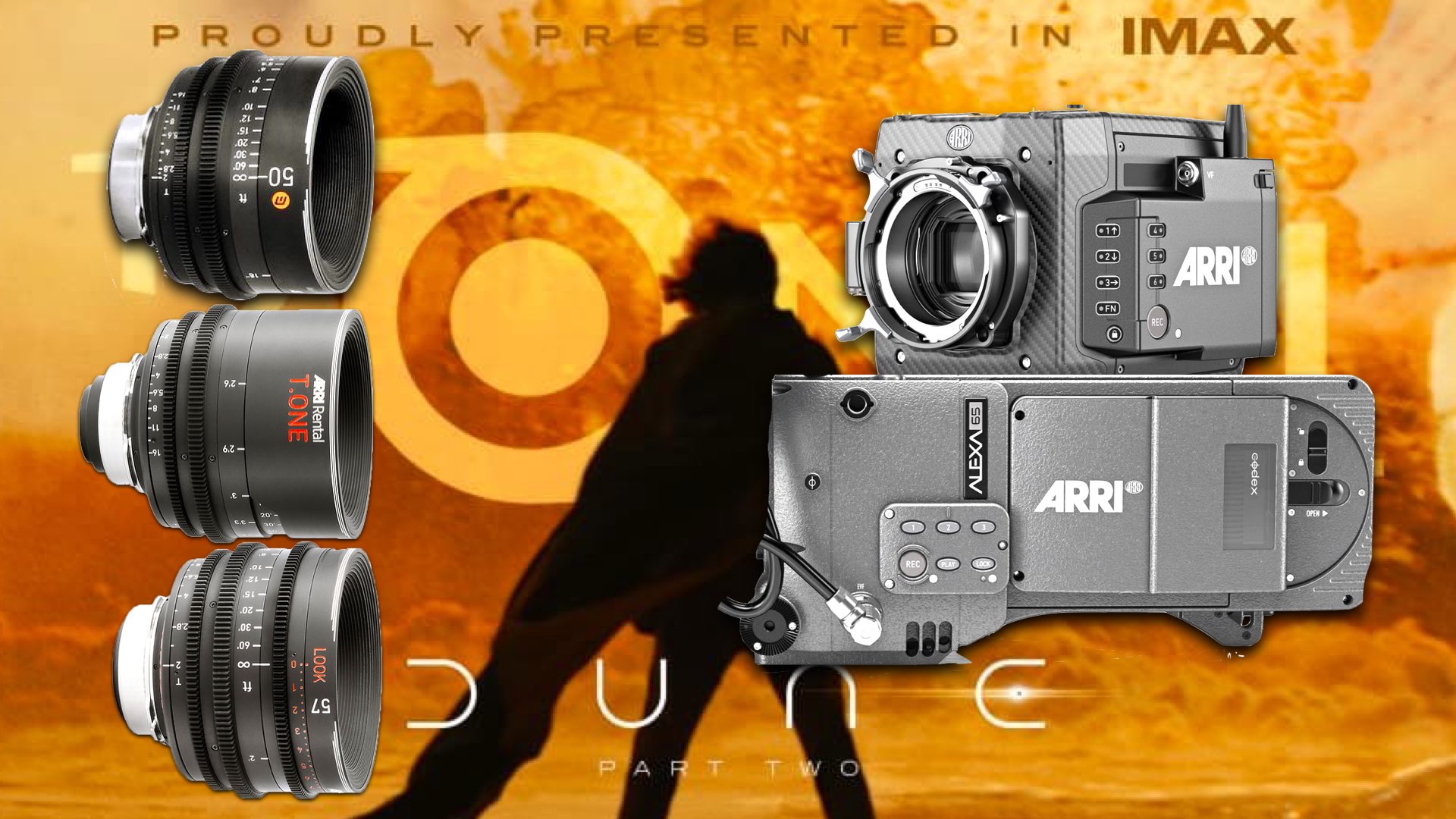
Fact no. 1: The cameras are ARRI ALEXA 65 and Mini LF
Dune Part Two was shot on the ARRI ALEXA 65 and ARRI ALEXA Mini LF, as opposed to the first film that was shot on the ARRI LF (without 65). Hence, it was not shot on IMAX film cameras. That’s a bit strange since the IMAX CEO stated before that Part Two was shot purely on IMAX cameras. However, it’s Filmed for IMAX movie and not Filmed in IMAX movie. That’s completely fine, since the movie was planned to be screened on IMAX film from the ground up. You will understand that when we talk about the lenses (in the next facts). Therefore, the mighty 65 was chosen, and indeed, the ARRI 65 is the nearest thing to IMAX film.
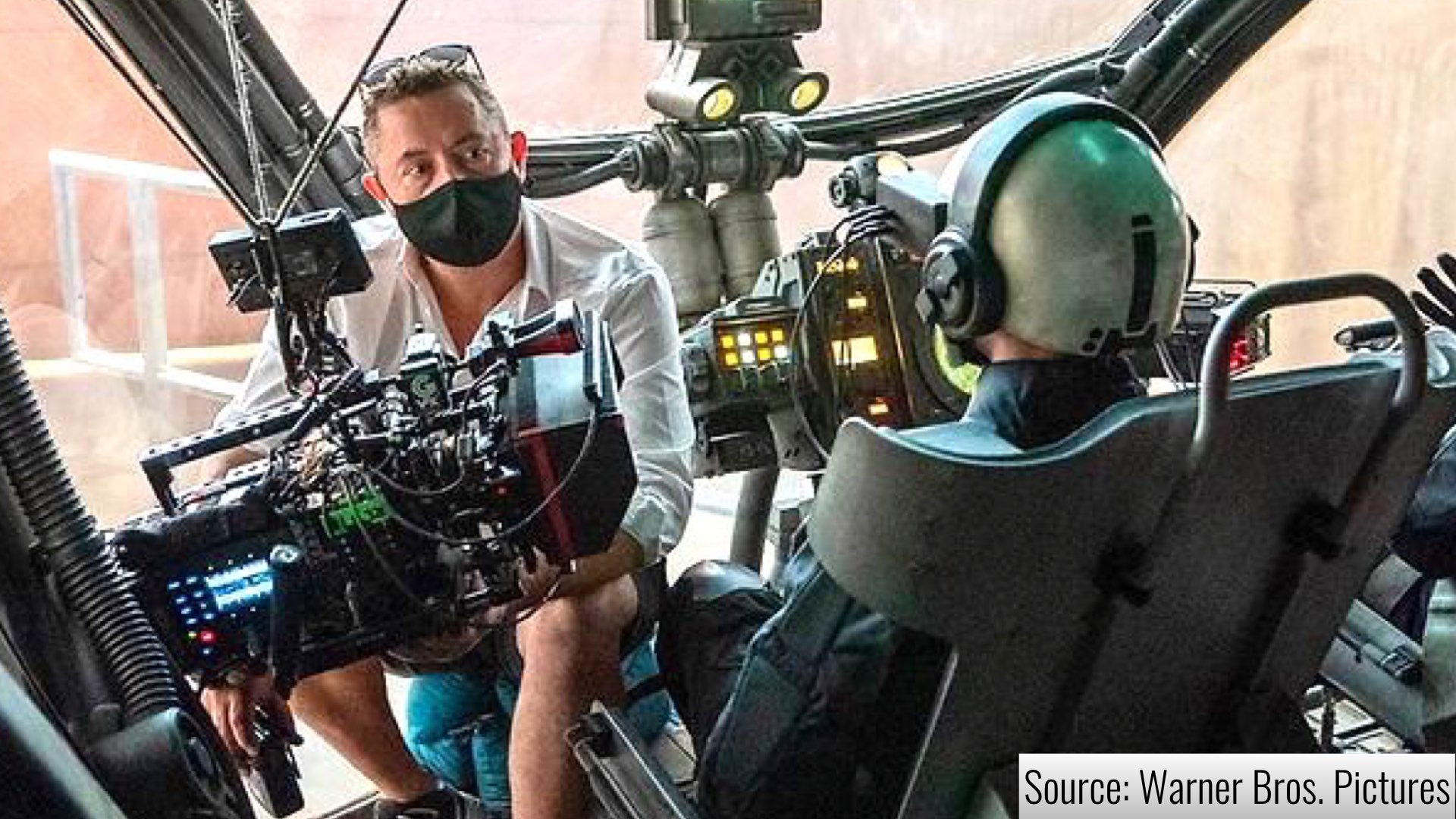
Fact no. 2: At first the movie was planned to shoot on film
Cinematographer Greig Fraser ACS, ASC told ARRI Rental that they had a vast discussion about how to shoot the film in the first place. Although Part One looked gorgeous, they wanted Part Two to be a bit different since it’s a bigger production, a bigger story, more planets, and everything is amplified. Thus, they thought about shooting Part Two on film, even on a 16mm camera. Eventually, they chose the ARRI 65. If so, why didn’t they choose a real IMAX film camera like the 9802? That’s a good question. Maybe it will be the camera for Part Three.
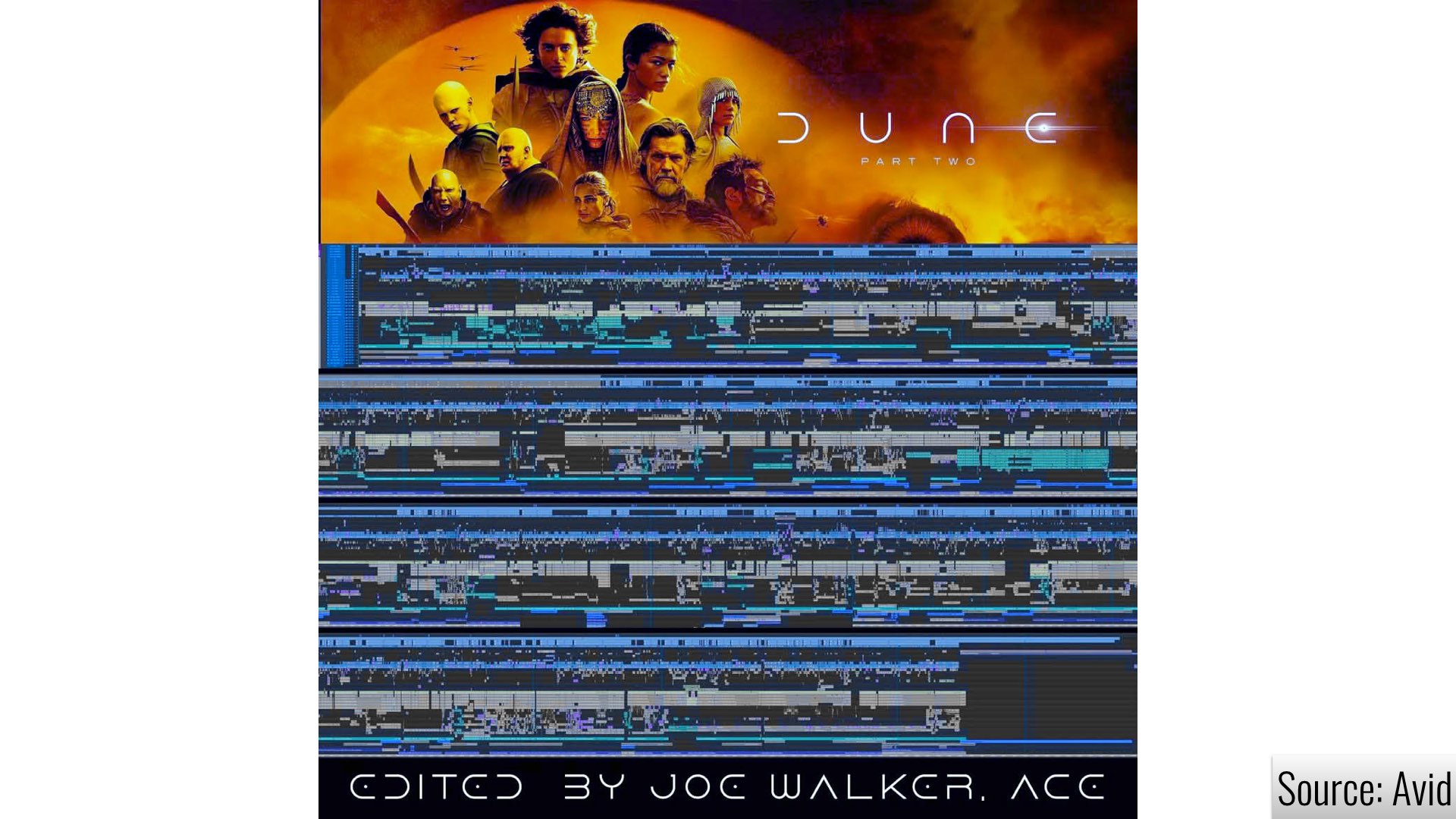
Fact no. 3: Only spherical lenses used
The film was shot on spherical glass only. There were no anamorphic lenses, as opposed to Dune Part One. The reason for that is to allow full utilization of the IMAX aspect ratio (1.43:1). This is an intriguing approach — avoiding anamorphic glass when shooting for the IMAX, in order to utilize the entire IMAX screen.
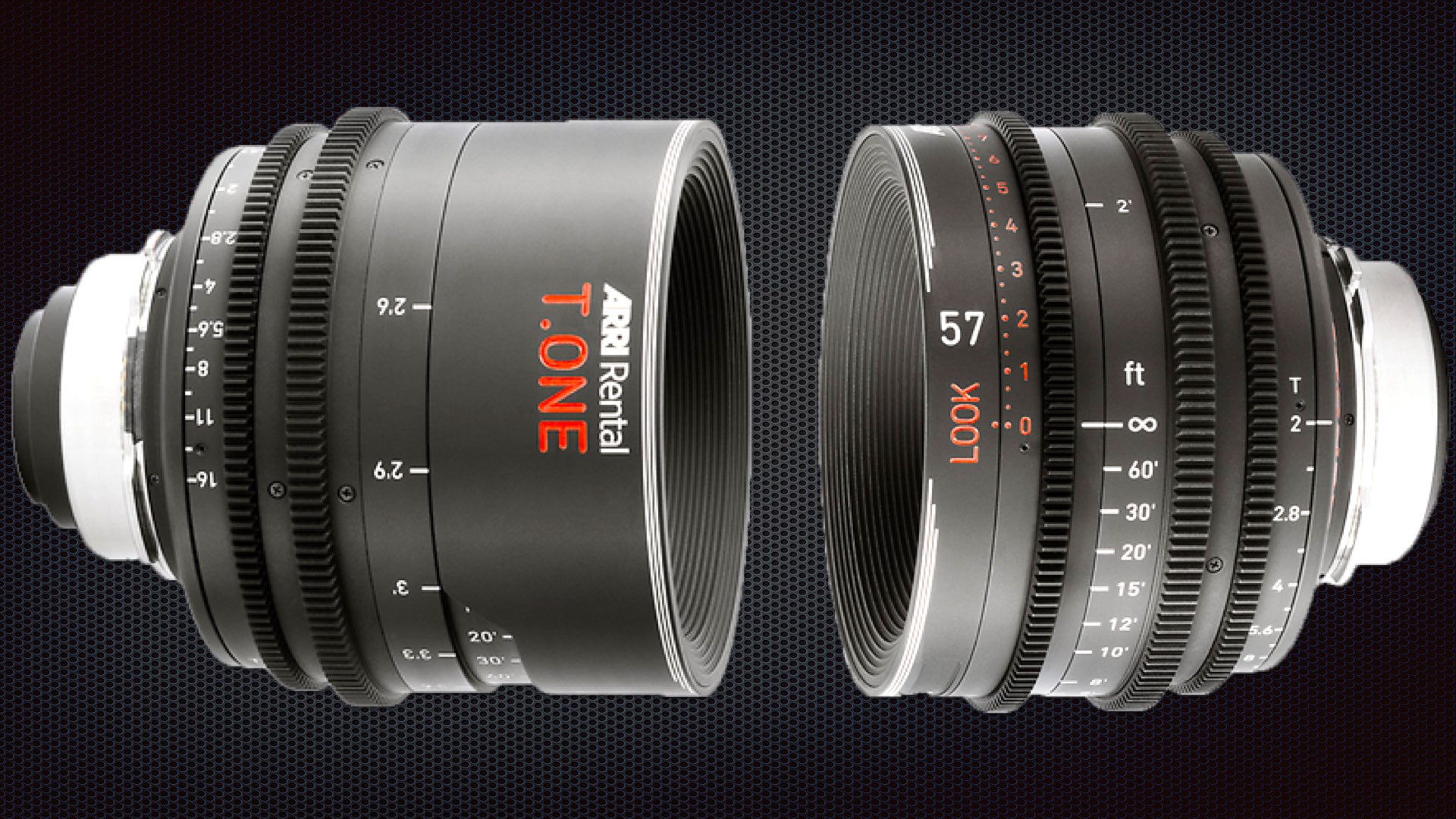
Fact no. 4: The lenses are ARRI Rental’s Eclectic HEROES and Moviecam
The ALEXA 65 was paired with a very fascinating glass: ARRI Rental’s Eclectic T.ONE and LOOK large-format lenses (for an extreme and textural look), plus re-housed 1980s Moviecam lenses. ”Texturizing the image was the name of the game,” says Fraser to ARRI Rental. “The larger ALEXA sensors are so extraordinary that I felt we needed to dirty the image up a bit.” To help achieve this, ARRI Rental provided the cinematographer with additional lenses from its HEROES collection, designed to deliver extreme looks. The HEROES is a brand for dedicated lenses for certain cinematography missions. As ARRI Rental defines the HEROES: “Eclectic lenses with optical superpowers”. The main models are T.ONE and LOOK large-format lenses. The ‘LOOK’ lenses allow cinematographers to dial in the detuned look, shot by shot. T.ONE lenses are the first cine lenses to be truly useable at T1 with no drop in image quality, allowing you to work at low light levels with minimal depth of field for a creamy, dream-like look and stunning bokeh. Additionally, the Moviecam lenses combine vintage optics and a cinematic backstory with modern, high-performance lens housings. Respectfully updating a 1980s design from the legendary Moviecam brand, they are impressively compact and lightweight for large-format lenses, offering a characterful but consistent look.
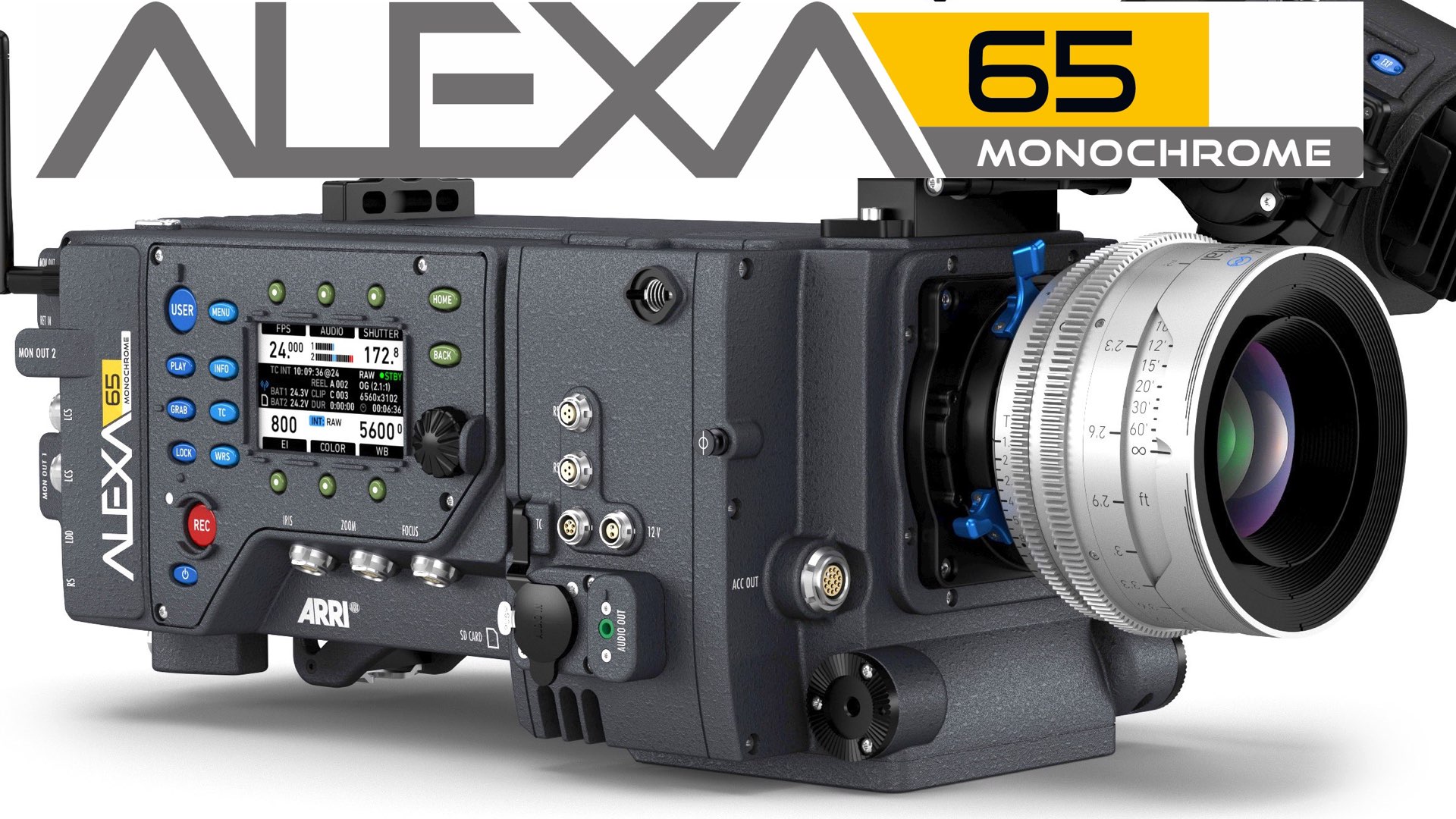
Fact no. 5: InfraRed techniques were used
It appears that scenes on planet Giedi Prime were shot on InfraRed ARRI 65 (IR filters were removed) to get a distinctive monochromatic imagery. Fraser implemented that methodology of infrared cinematography from “Zero Dark Thirty” which was shot a decade earlier. The infrared images worked best in black and white, so that was the aesthetic choice made for Giedi Prime exteriors. According to ARRI Rental, the native black-and-white ALEXA Monochrome cameras that can see into the infrared spectrum were not available for the shoot, so the IR filters were removed from regular ALEXAs for these scenes, with Fraser adding a filter in front of the lens to block almost all visible light from the sensor. Colors were desaturated to monochrome for on-set monitoring and postproduction. IMAX cinematographer, Hoyte van Hoytema also applied a similar technique when shooting the masterpiece NOPE (read: ’NOPE’ Was Shot on Unique ‘Day-for night’ Rig of ALEXA 65 Infrared and Panavision System 65). An infrared camera is basically a cinema camera without the Bayer filter, OLPF, and IR (InfraRed) block. This means that the whole sensor is being exposed. As there’s no Bayer Pattern, there’s no color information. That’s not very unique as many cinema camera manufacturers make B&W cameras to record pristine black-and-white imagery. However, the main difference here, is that the IR block is replaced with a filter that blocks visible light, which allows only IR light to heat the sensor. However, lighting was not a valid option since huge portions of the desert were filmed. The imagery is far more accurate than applying CGI. When you shoot in natural sunlight, with a slight contrast boost, it results in images that are brightly lit, however, the skies are dark. So this is how the Giedi Prime scenes were shot.
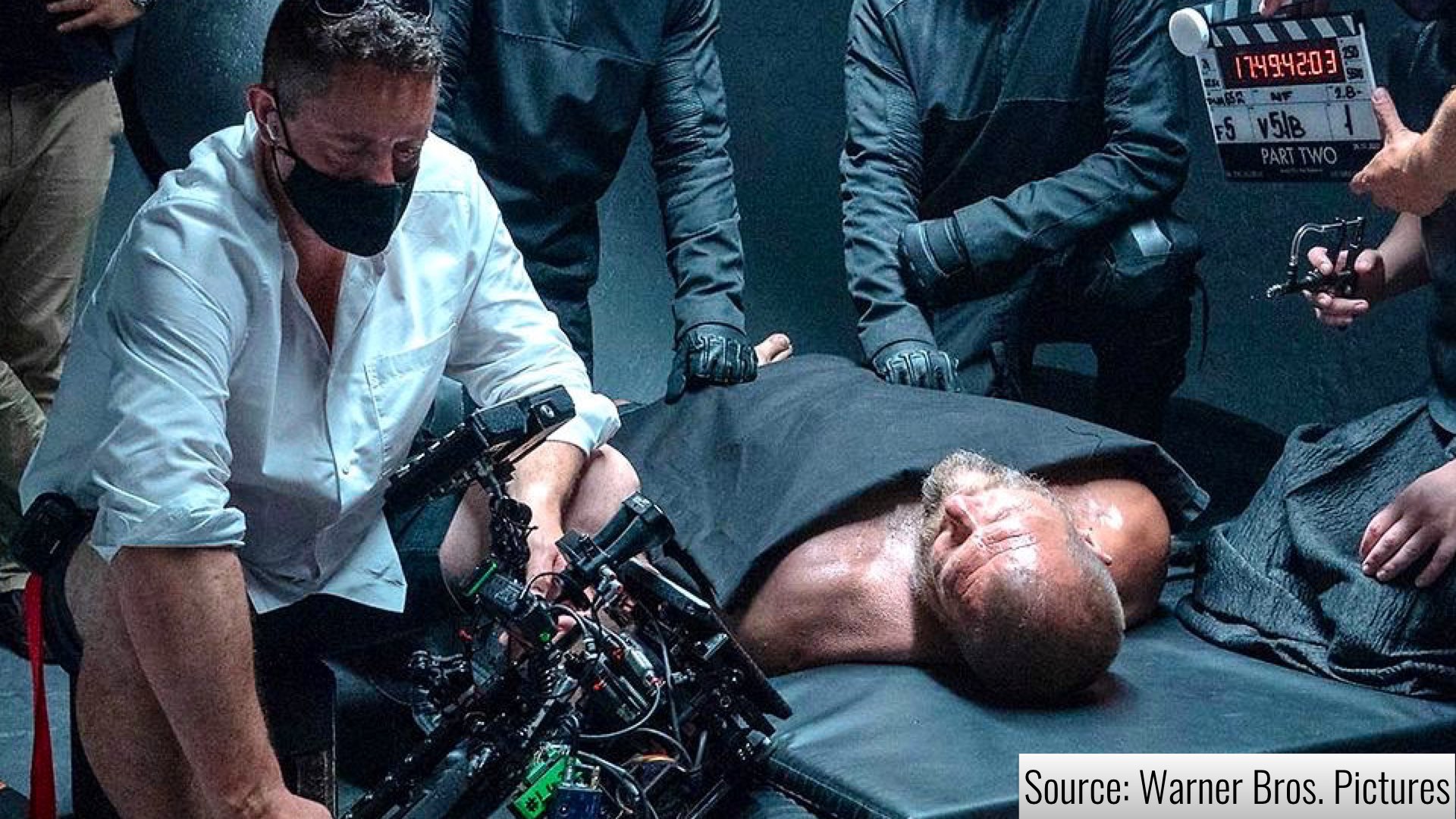
Final thoughts
It seems that Dune’s director and DP did everything they could in order to create a movie for IMAX screening. Using ARRI 65, paired with extraordinary spherical lenses, and utilizing IR techniques to get the best monochrome shots for the big screen, is cinematography at its best. For those who want to watch Dune Part Two in 70mm screening, read this article. You might still make it ( run on IMAX 70mm for two to three weeks). If not, go see it on IMAX (two weeks left). Enjoy!

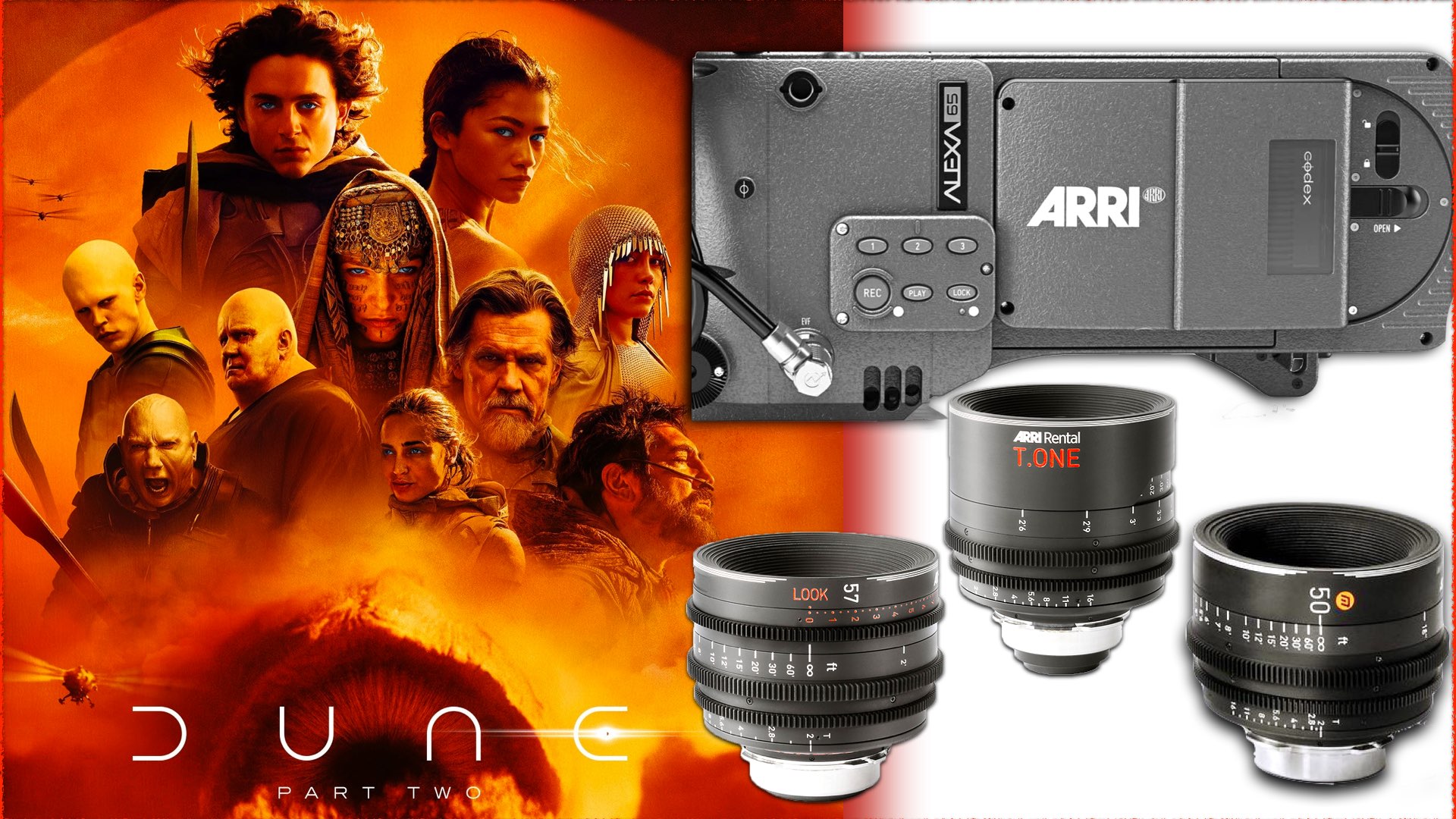

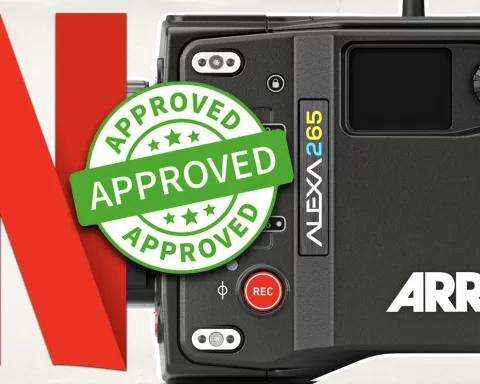


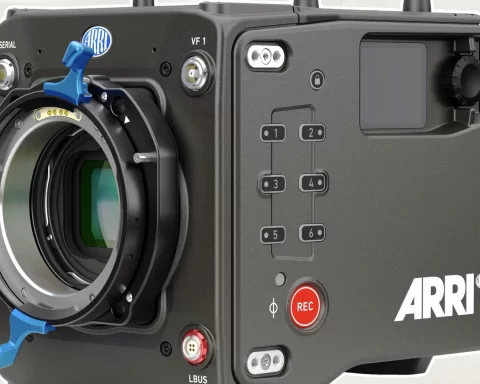

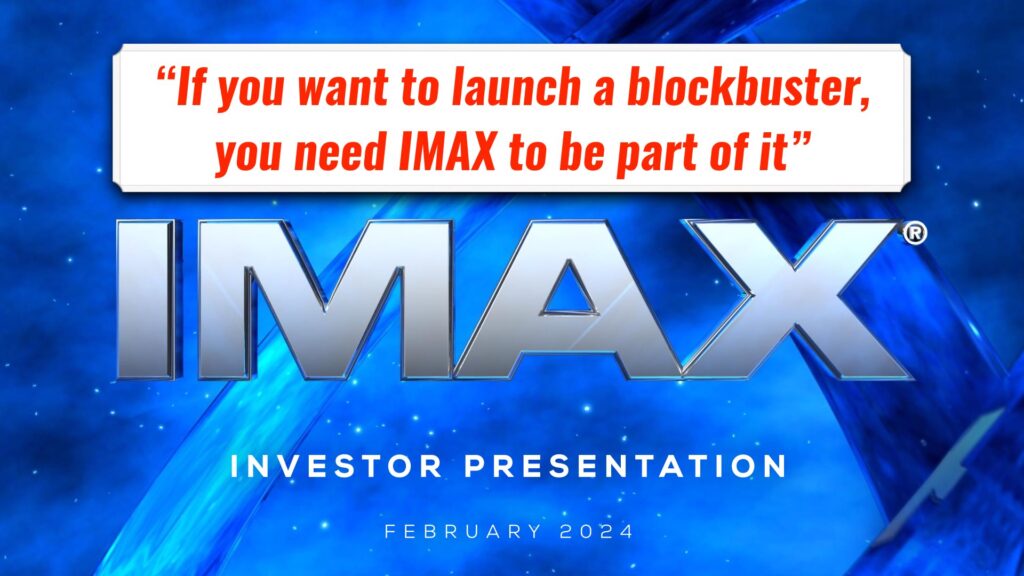
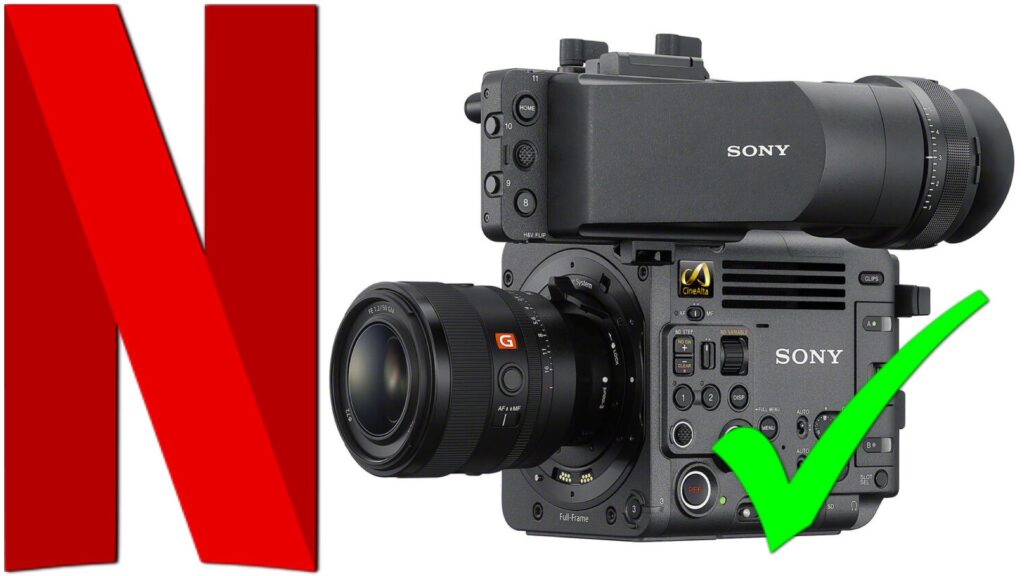
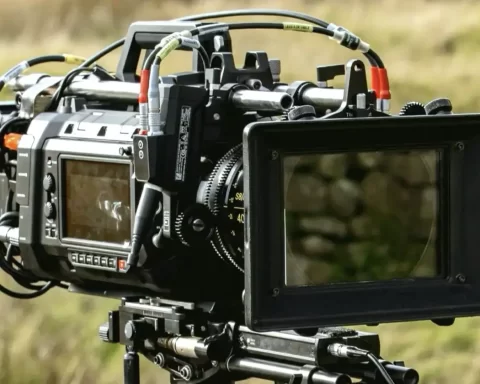
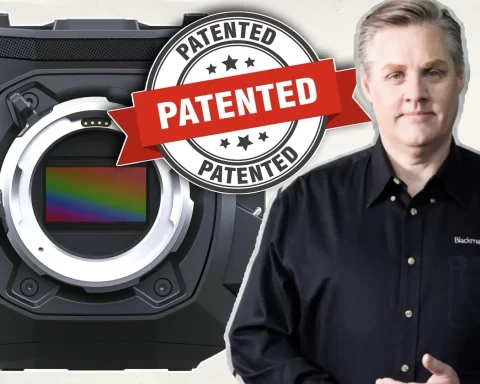
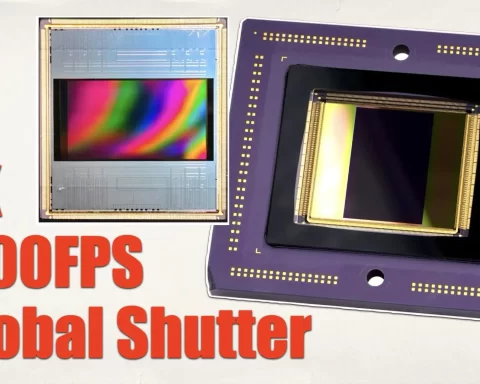

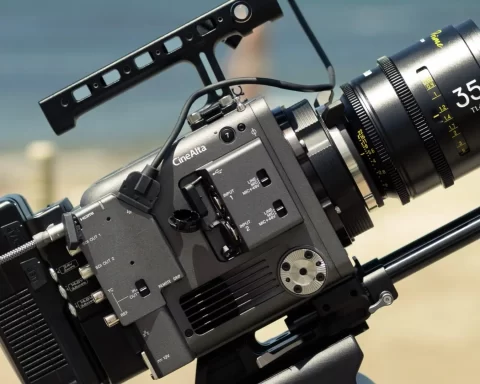
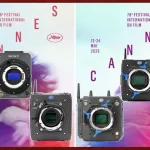
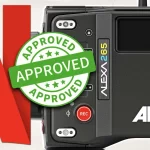
The funny thing is that the best way to experience the movie continue to be Dolby Cinema.
To add film grain for digital exhibition, did they scan the 70-mm master?